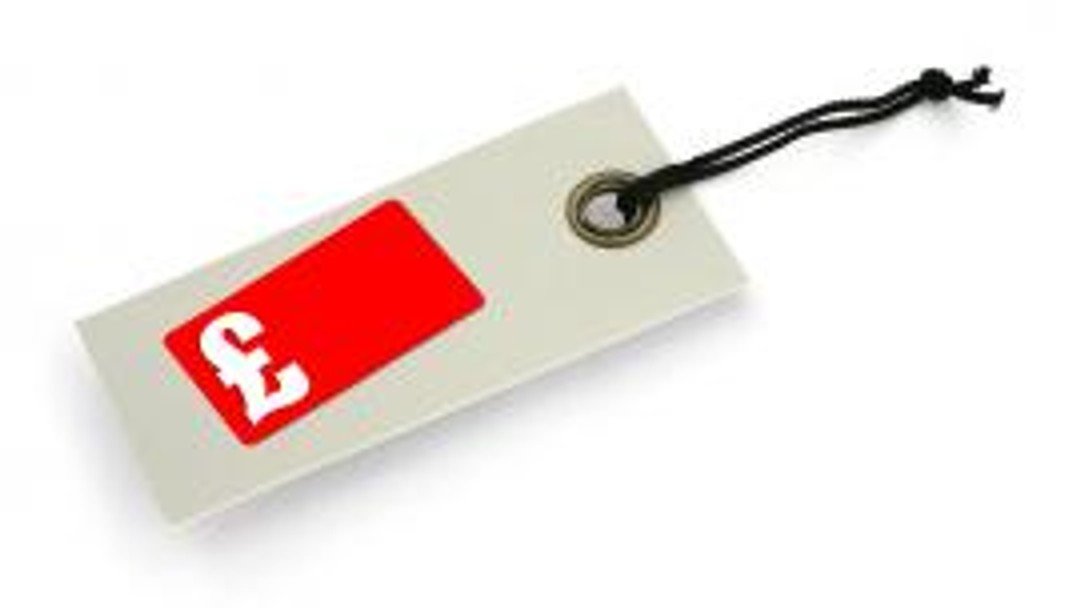Price transparency: Causes and solutions

Daniel van Binsbergen discusses how to fix the lack of transparency in the legal services marketplace
In a stinging indictment of the legal profession, the Competition and Markets Authority reported in December 2016 that the legal services market is undermined by a lack of transparency on pricing and service quality. The CMA argued that this was because the legal services sector is characterised by incomplete or asymmetric information, and information plays a direct role in driving competition. In contrast, a more competitive process would lead to lower prices, higher quality, and greater innovation.Although the CMA’s report was written in the context of consumers and very small businesses, in-house legal teams at large companies are often faced with the same issues: no clarity on price; no reviews on service by other clients; and no real incentive for firms to innovate.
Billable hours
The root cause of this problem is the fact that most traditional law firms are still set up to bill by the hour and rarely feel that they are in real competition. Even if they provide clients with a fee estimate or cap, internally matters are still administered on an hourly basis and success is measured by comparing the amount obtained under the cap with the amount received if there had not been a cap. In other words, the billable hour remains the internal currency of the firm.
For lawyers, the billable hour creates perverse incentives to spend as long as possible on a particular task. As Parkinson’s law goes: ‘Work expands so as to fill the time available for its completion.’ The result is that, within a firm, those who work harder instead of smarter are rewarded.
Also, at firms where the billable hour is the main unit, it is much harder to justify investments in technology which make the firm’s lawyers more efficient. The firm will likely make less revenue instead of more. In-house legal teams are very much aware of this. In fact, cost certainty and transparency is the primary reason that in-house lawyers switch to alternative legal providers.
Depressed professionals
From the lawyer’s perspective, it is notable that corporate lawyers regularly feature among the most depressed professionals in various surveys. It turns out that lawyers do not necessarily love accounting for their time in six-minute increments either. This is one of the main drivers for many lawyers to leave larger firms to work for alternative providers. The next generation of lawyers will continue that trend of not wanting to bill by the hour.
Unfortunately, it has proven hard for traditional firms to make the switch from hourly billing to fixed or value-based billing. Perhaps this is due to the partnership structure, which makes it difficult for larger firms to make strategic decisions with short-term negative revenue results. This is a pity, given that there are now plenty of new legal providers (Lexoo, Axiom, and Riverview, for example) using technology to render high-quality legal services on a fixed-fee basis.
Competition and innovation
In its report, the CMA mentioned that competition increases innovation. This is not just true in theory: for example, Lexoo asks three or four lawyers to quote fixed fees for a given matter, allowing clients to compare rates on our platform.
Lawyers are now investing in contract drafting tools and other technology to handle the more boring and repetitive parts of the job. Even though these tools require an upfront financial and time investment, it enables lawyers to be more efficient in the long run: they can quote more competitively because the work will actually take less time and effort.
It is notable that it is the element of competition that is causing these lawyers to invest in efficiency. In other business sectors, investing in efficiency always made sense. In law, this is only starting to change now due to the increase in clients pressuring lawyers to offer fixed fees.
Evolving professionDespite the CMA’s warnings, the future is showing signs of promise. As a growing number of lawyers break rank by offering fixed quotes and firms begin to recalibrate their business models away from the billable hour, the steady evolution of the legal profession is heading in the right direction.
Daniel van Binsbergen is chief executive officer at Lexoo
@Lexoo
www.lexoo.co.uk
